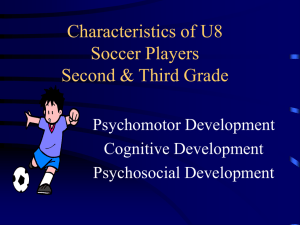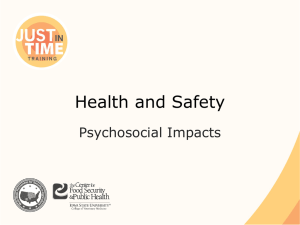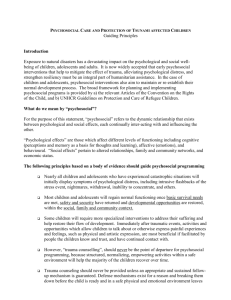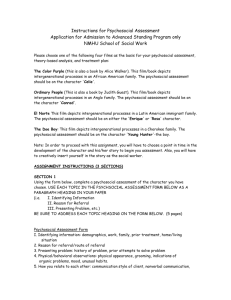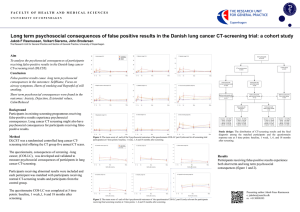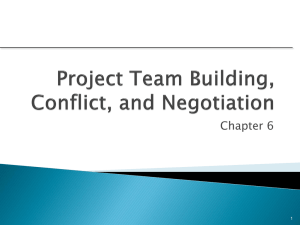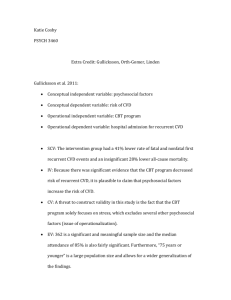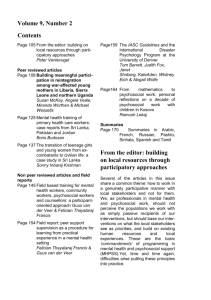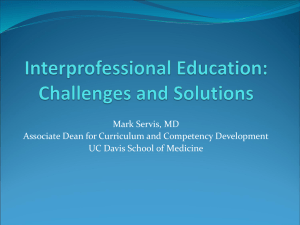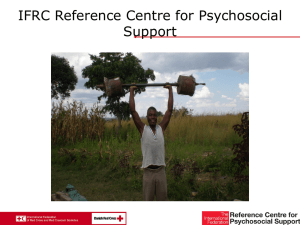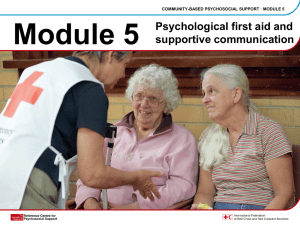Chapter 1 - Mypage Web Server
advertisement
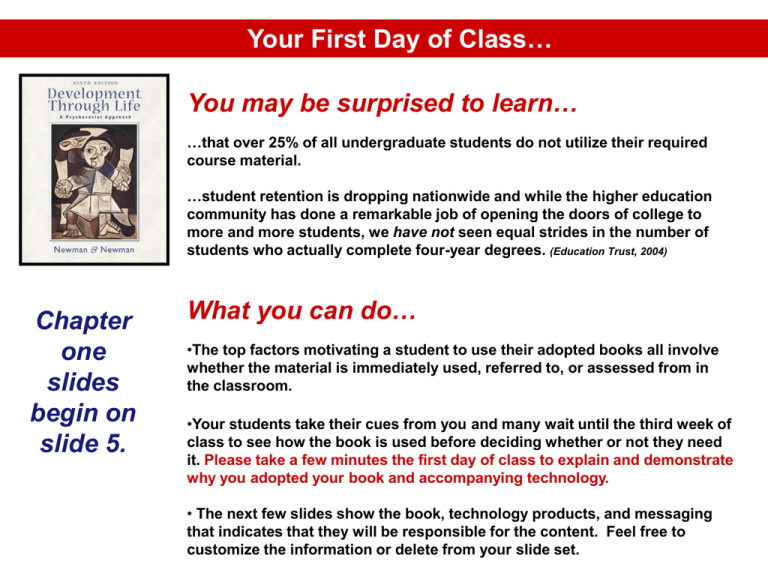
Your First Day of Class… You may be surprised to learn… …that over 25% of all undergraduate students do not utilize their required course material. …student retention is dropping nationwide and while the higher education community has done a remarkable job of opening the doors of college to more and more students, we have not seen equal strides in the number of students who actually complete four-year degrees. (Education Trust, 2004) Chapter one slides begin on slide 5. What you can do… •The top factors motivating a student to use their adopted books all involve whether the material is immediately used, referred to, or assessed from in the classroom. •Your students take their cues from you and many wait until the third week of class to see how the book is used before deciding whether or not they need it. Please take a few minutes the first day of class to explain and demonstrate why you adopted your book and accompanying technology. • The next few slides show the book, technology products, and messaging Professor: that indicates that they will be responsible for the content. Feel free to Course/Section: customize the information or delete from your slide set. Your Required Technology Materials Newman/Newman: Development Through Life, 9e You will need this material for… – tests and quizzes – homework and reading assignments Professor: Professor: Course/Section: Course/Section: Resources to help you succeed in this course InfoTrac College Edition WebTutor Tools You can do your research 24/7 with easy access to over 10 million full-text articles from nearly 5000 academic journals, magazines, and periodicals. Do your research from home, work, or your dorm room! WebTutor offers realtime access to a full array of premium study tools. Student Companion Web Site This outstanding site features interactive versions of the ethics & choice activities, chapter-by-chapter online tutorial quizzes, a final exam, chapter outlines, chapter review, chapter-by-chapter weblinks, flashcards, and more! Professor: Course/Section: Why you need to use the new edition… New research has been completed and the results have been included in this new edition. Here are a few examples that you’ll be studying and tested upon… • A new Chapter 16, "Understanding Death, Dying, and Grieving," has been added. • The authors have included the new results of several longitudinal studies, including the relationship of early prosocial behavior to empathy in adolescence and adulthood. • This edition includes updated and expanded coverage and examples of brain development and its relation to cognition and language, children and adolescents with special needs, and fertility problems. • This edition includes several new sections focusing on fathers and fathering in the prenatal period, infancy, adolescence, and adulthood. Professor: Course/Section: Chapter 1: The Development Through Life Perspective The Development Through Life Perspective • Chapter Objectives – To introduce the basic assumptions that underlie the organization and focus of the text – To introduce the psychosocial approach to the study of development, including the interrelationships among the biological, psychological, and societal systems – To note historical changes in life expectancy and examine the implications of these changes for the study of development over the life span The Development Through Life Perspective • Assumptions of the Text – Growth occurs at every period of life, from conception through very old age – Individual lives show continuity and change as they progress through time – We need to understand the whole person, because we function in an integrated manner – Behavior must be interpreted in the context of relevant settings and personal relationships – People contribute actively to their development The Development Through Life Perspective • A Psychosocial Approach: The Interaction and Modification of 3 Major Systems Produces Human Life – The biological system – The psychological system – The societal system • The psychosocial impact of poverty – Overview of the psychosocial approach The Development Through Life Perspective Figure 1.1 The Biological System The Development Through Life Perspective Figure 1.2 The Psychological System The Development Through Life Perspective Figure 1.3 The Societal System The Development Through Life Perspective • Conditions Leading to Poverty – Decline in well-paying, blue-collar jobs – Large increases in single-mother households due to births to unmarried women and to divorce – Erosion of the economic safety net for poor children, including the decline in cash transfers and benefits to families in the new welfare program, Transitional Assistance to Needy Families – Decline in purchasing power of minimum wage The Development Through Life Perspective • The Psychosocial Impact of Poverty – African American, Hispanic, and Native American families are over represented among poor Americans – Chronic poverty is linked with health problems, delays in reaching developmental milestones, and reduced life expectancy – Some children living in poverty are resilient escape its negative effects, and continue to develop optimally The Development Through Life Perspective • Case Study: Rose – Thought Questions • How does this case illustrate the interconnections among the biological, psychological, and societal systems? • Given what you know about the assumptions of psychosocial theory, how might Rose’s stage of development influence her perceptions of this situation and her approach to coping with this conflict? • How might you frame a research question based on the information raised in this case study? • How do the assumptions of this text influence your approach to understanding the case of Rose? The Development Through Life Perspective The Development Through Life Perspective Figure 1.4 Percentage Surviving by Age: 1900-1902, 1949-1951, and 2000. The Development Through Life Perspective The Development Through Life Perspective • Factors that Contribute to Longevity – High family income – Having no hypertension, arthritis, or back pain – Being a nonsmoker – Having normal body weight – Consuming a moderate amount of alcohol

